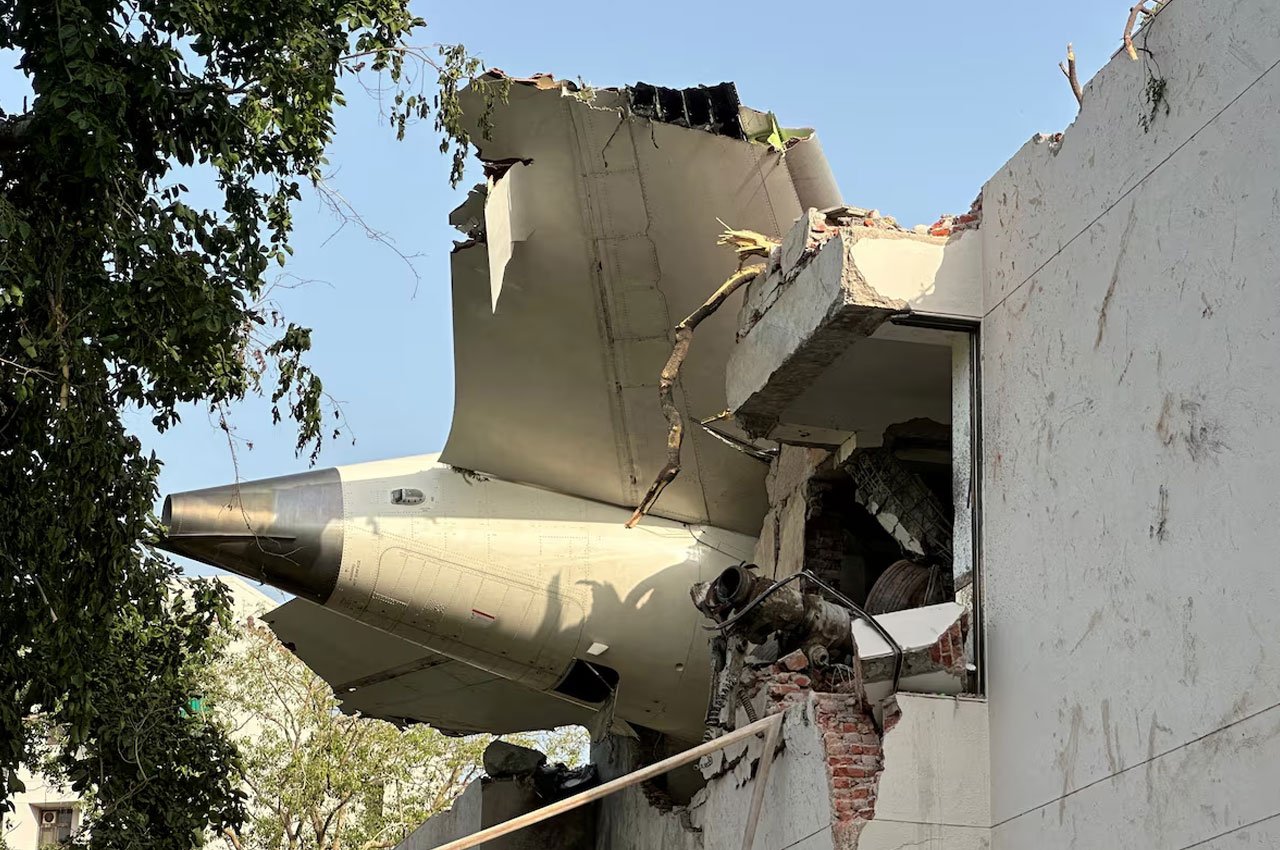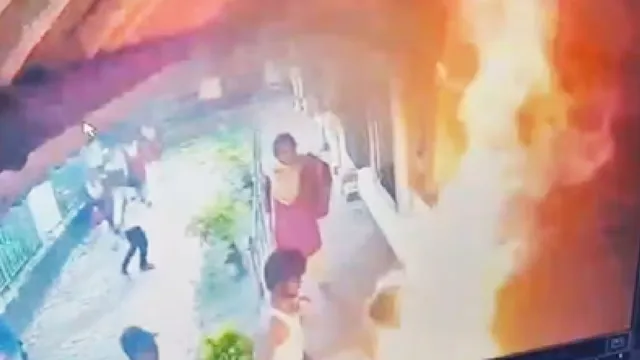Air India Crash Black Box Data Downloaded Photo Credit Reuters
India has officially confirmed that black box data has been successfully downloaded from the ill-fated Air India Boeing 787 Dreamliner that crashed near Ahmedabad on June 12, 2025. The move marks a critical step in the government’s effort to reconstruct the exact sequence of events that led to the country’s worst aviation tragedy in over a decade.
As per Reuters The two critical flight recorders—the Cockpit Voice Recorder (CVR) and the Flight Data Recorder (FDR)—were recovered from the crash site last week and brought to Delhi under high security. After several days of forensic handling and technical extraction, experts from the Aircraft Accident Investigation Bureau (AAIB), in collaboration with U.S. officials from the National Transportation Safety Board (NTSB) and engineers from GE Aerospace, managed to retrieve valuable flight parameters and cockpit communication logs.
This development is expected to offer vital clues into what caused the brand-new Dreamliner, carrying 242 people, to lose altitude abruptly just after takeoff and crash into a residential college building, killing 241 passengers and causing multiple casualties on the ground.
Officials confirmed that the download of both CVR and FDR data was completed on June 25. Analysis is now underway and a preliminary investigation report is likely to be released within 30 days, in accordance with international aviation norms.
Key areas under investigation include engine thrust behavior, the status of emergency systems such as the Ram Air Turbine (RAT), landing gear deployment, flap settings, and manual flight control actions taken during the 37 seconds the aircraft remained airborne. Investigators are also examining whether crew responses aligned with training protocols and standard operating procedures.
While the Indian government is leading the investigation, the inclusion of U.S.-based aviation experts underscores the high level of transparency and urgency being applied to the case. However, India has chosen not to include a representative from the United Nations-affiliated International Civil Aviation Organization (ICAO), citing adherence to domestic aviation protocols and treaty guidelines.
Meanwhile, the Directorate General of Civil Aviation (DGCA) has conducted safety checks on 26 of the 33 Dreamliners operated by Air India. The remaining aircraft are scheduled for urgent inspections in the coming days. Preliminary feedback from these checks has not shown any immediate safety threats, but further assessments are ongoing.
The incident has also triggered broader action at the corporate level. Tata Sons, the owner of Air India, has announced the creation of a ₹500 crore relief fund for the victims’ families. In addition, the airline has suspended dozens of international flights and introduced additional safety briefings and technical inspections for all long-haul operations.
Beyond the technical investigation, public anxiety over air travel has surged. Travel agencies report a noticeable dip in bookings for Boeing aircraft, while mental health helplines have received a spike in calls from nervous flyers. Regulatory bodies are now considering reforms in aircraft maintenance audits, flight crew training, and emergency response planning.
To address larger concerns, the central government has appointed a special committee headed by the Home Secretary to recommend long-term improvements to India’s civil aviation safety framework. The findings from the black box data will serve as a cornerstone for both immediate accountability and long-term systemic reform.
As families await answers and the aviation community hopes to regain public trust, the successful retrieval of black box data offers the first concrete step towards understanding what went fatally wrong. It is a grim but necessary milestone on the road to transparency, responsibility, and eventual healing.
For more spotlight news click here
Follow us for latest updates:




